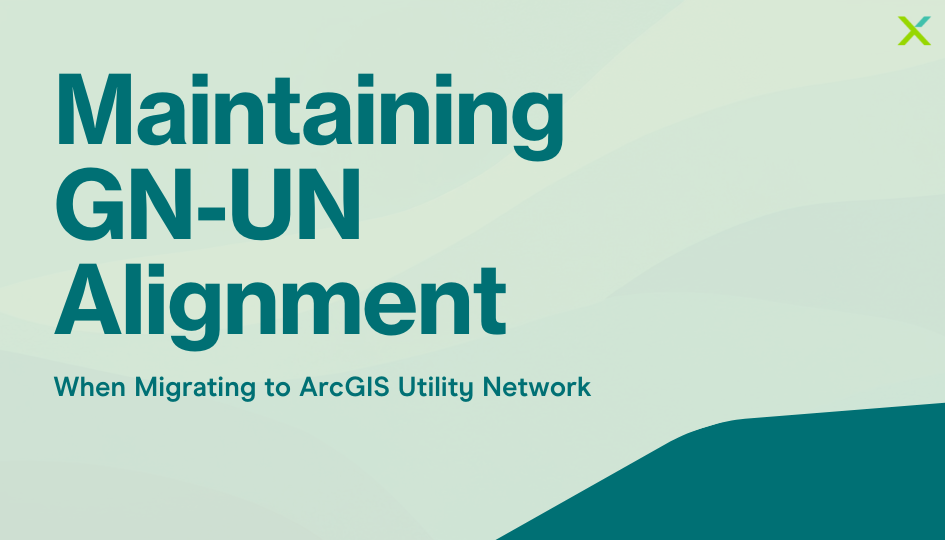
According to most estimates, the average project timeline for migrating from Esri’s Geometric Network (GN) model to the new Utility Network (UN) model is somewhere between 2.5 to 3 years. For many organizations, that means 2.5 to 3 years of workflow interruptions, difficult problem-solving, and working off data stored in two different systems. Keeping a UN-GN migration project moving in the right direction is paramount to your organization’s operations, and the Geonexus Integration Platform can help you do just that. This blog highlights several real-world use cases where integration is playing a role in the move to Esri’s UN.
Moving from one system to another can put unwanted stress on the everyday operations of your organization. Many organizations have to rework process and data unity between the current system and the new system, figure out how the new system supports other systems involved in critical workflows, and deal with delayed project timelines due to rework. To avoid these types of issues during the move to the UN, integration solutions like the Geonexus Integration Platform can be used to synchronize data between the GN and UN. There are several reasons why this feature can positively impact migration projects for utilities moving to the UN. Here’s a few examples:
The move to the UN is one of the most significant updates to GIS in a long time. There’s no doubt that organizations everywhere will be eager to take advantage of many new features after completing the move to the UN, but it’s not feasible to completely upend existing workflows as the process unfolds. Keeping the GN and UN aligned throughout the move allows the process to be completed gradually with minimal interruptions.
In a time where healthy integration and data management processes are more important than ever, it’s paramount that your organization takes advantage of tools that let you make the most of your data. Your employees, customers, and partners are counting on it. With the Geonexus Integration Platform, you can ensure your data and workflows are kept safe and, crucially, guarantee an easy, successful move to the UN.
If your organization is looking for a way to keep using the GN and all its associated legacy apps and workflows during the move to the UN, look no further than Geonexus. Our platform allows GN-UN alignment for all three scenarios outlined above, but there are countless more workflows made possible through integration. You can use our platform and the benefits afforded by integrated data to figure out what works best for you.
If you’d like to ask us what’s possible with the help of the Geonexus Integration Platform, schedule a platform demo or shoot us an email. We’ll be in touch!
At Geonexus our mission is to ensure integrity and reliability of enterprise data to support effective decision making. Our Integration Platform is an enterprise-grade integration solution that is easy to use, reliable, and includes out-of-the-box connectors for Esri® ArcGIS®, IBM® Maximo, SAP®, ABB® Ellipse, Oracle® Utilities, and other leading enterprise systems. Asset-intensive organizations across the globe use the Geonexus Integration Platform in industries including utilities, telecommunications, pipeline, transportation, and government.